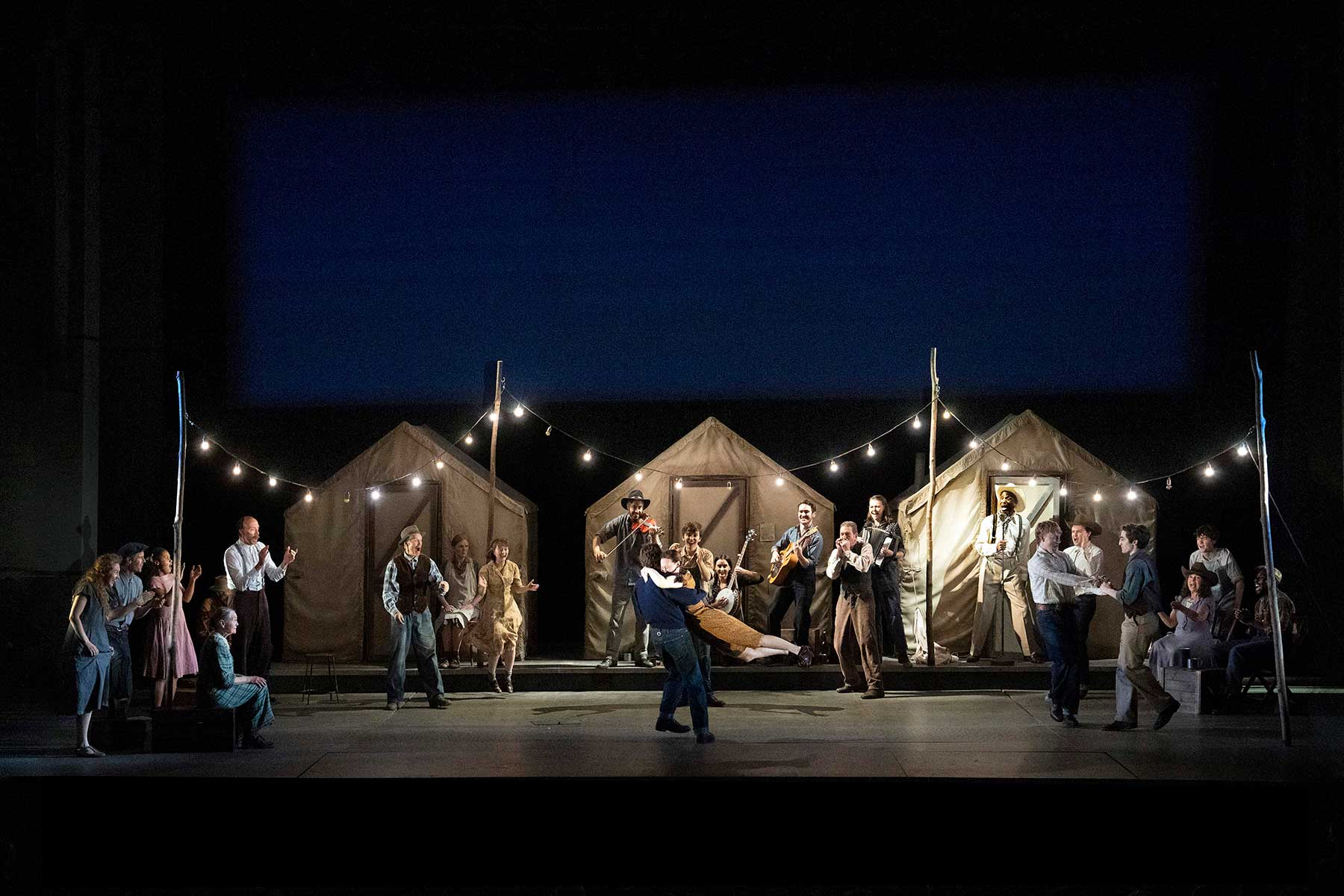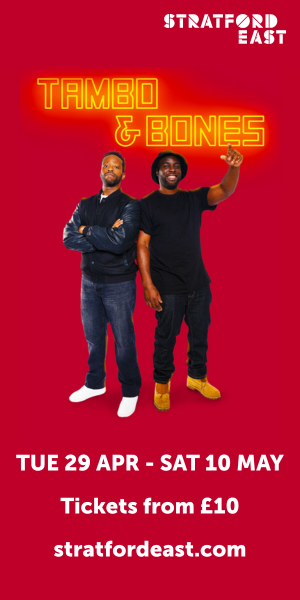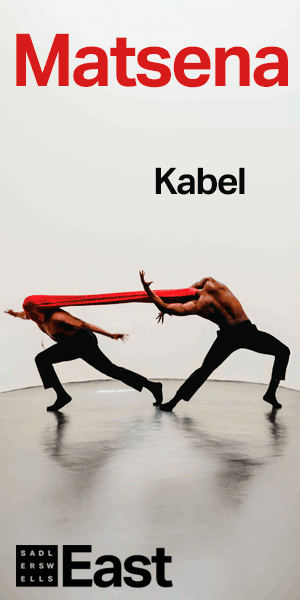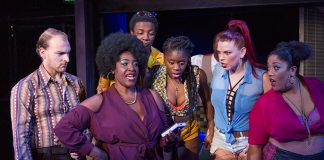
Author John’s Steinbeck’s The Grapes of Wrath – the 1939 novel on which this production is based – is undoubtedly a great art.
That I would describe this well-staged, soundly-performed and structurally ambitious production as merely ‘good’ is not to damn it with faint praise. Indeed, there are a great many elements that can – and will – point to that elevate it far above the average. And yet…
Set at a time of incredible economic and social tumult, the tale highlights the individual suffering and social consequences of the 1930s Great Depression. Most of these dirt-poor inhabitants of middle America’s so-called ‘Dust Bowl’ were Caucasian. They existed without an economic safety-net and were routinely referred to as ‘po’ crackers’, or ‘crackers’ for short.
It is a pejorative term that pervades to this day and is often seen – and used by some – as the ’n’ word for Caucasians. The play – as with the book – follows the travels (and travails) of an Oklahoma family making a pilgrimage to California to alleviate their poverty-filled lives. The production begins with the backlit silhouettes of several desperate figures; each being blown hither and thither; seemingly grasping desperately for a grip – a foothold – on life… just as their own dreams have been cast away into oblivion.
After the dust – and the aural soundscape clears, we see ex-con ‘Tom Joad’ (Harry Treadaway) meet ex-reverend ‘Jim Casy’ (Nate Jones) at the side of the road., before deciding to visit Tom’s family home together. It is the first of many powerful individual scenes before we get to meet – and travel alongside – the large multi-generational Joad clan.
It’s a strong opening sequence; one that sets out many of the themes to come: friendship, family, faith, manifest destiny, community, sharing and the nature of essential goodness. Indeed, through the now-fallen reverend – as well as many of the Joad elders – we get to ponder such concepts as personal choice, sin and the disparity between a human being, and a human doing… as well as one being done to.
The piece has much to say about both the strengths and weaknesses of ‘family’. Whilst acknowledging the unity and (perceived) security derived from strong familial bonds, it also highlights just how important is the need to seek new skills, information, talents and viewpoints outside of one’s immediate environs and/ or bloodlines – abilities that can then be re-invested into the family’s coffers. Of course, the opposite can often be true; whereby the family members can feel stymied and restricted within the strict confines of the family’s needs.
This is especially true of brothers ‘Tom Joad’ (Harry Treadaway) and ‘Al Joad’ (Tucker St. Ivany), as they each bring their new-found skills of leadership and car mechanics to the family’s aid – only to find the cumbersome binds of loyalty and duty too restrictive.
Set Designer Alex Eales deserves plaudits for creating a series of effective ‘ramshackle’ set pieces, as well as a refreshing water feature – one that doubles as a symbol of both hope and despair; replenishment and destruction; life and death.
Guy Hoare’s Lighting Design also deserves mention; working beautifully with the set to create epic vistas and landscapes.
Katherine Hardman’s Intimacy Coordination deserves great credit, also – especially for one particularly delicate scene near the play’s end. Finally, I enjoyed Ira Mandela Siobhan’s Movement Direction; specifically one particular dance ensemble piece that is as entertaining as it is an expression of dramatic character.
The performances are generally high quality, although the occasional dialect drift is a little jarring.
Certainly, the dialogue – plucked directly from Steinbeck’s epic novel – is poetic, insightful, thought-provoking and emotionally charged in equal measure.
Special plaudits should go to Cherry Jones – fabulous as matriarch ‘Ma Joad’ – and to the aforementioned Jones and Treadaway. The long trek to California is represented by an on-stage vehicle and various lighting stages; each ‘pit-stop’ dealing with the differing physical and mental states of various family members.
The journey is deliberately episodic; each travel vignette being separated by a musical interlude by the four-piece blues/ country quartet. Alas, this is where I found myself slightly ‘torn’.Doubling as incidental characters, the musical group consists of a singer/guitarist/ mandolin player, slide guitarist, violin player, and an accordion player (all of whom provide backing vocals on occasion).
Although the conceit worked well – in conjunction with both sound and narrative – I found the music to be lacking in both depth and rawness; especially when matched up against some extremely visceral scenes and sharp, biting dialogue.
The importance of John Steinbeck’s literary masterpiece is that it so unstintingly examines the dark underbelly of the so-called ‘American Dream’; exposing its corruption while revealing the truth that ‘race’ (or racial animus) is not its defining characteristic – but merely a vehicle with which to get to the ‘promised land’.
The ‘promised land’ is not a place filled with ‘milk and honey’ – nor even ‘grapes and peaches’ or ‘fields of cotton’. No – ‘America’s Graceland’ – its ‘dream destination’ has always been a place where a favoured few can – off the hard labour and incalculable suffering of the diverse multitude – reach/ keep/ attain (barely attainable) wealth and greed’.
And so, here we are…
The fact that so many within our ‘global village’ continue to be blinded by those waging so-called ‘culture wars’ – in order to obscure policies and practices that only widen the ‘poverty gap’ – is a stark reminder as to why Steinbeck’s ‘portal’ remains so timely.
The lesson remains: Where there is human interaction, there will likely always be an underclass.
And – regardless of the colour of skin, gender or religion – those deemed as such will always be seen as metaphorical [* insert ’n’ word / ‘c’ word/substitute pejorative here].
This is a good production of a great novel and is well worth seeing.






























